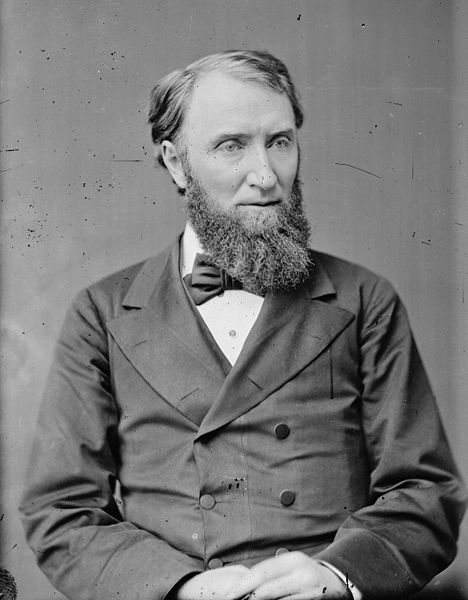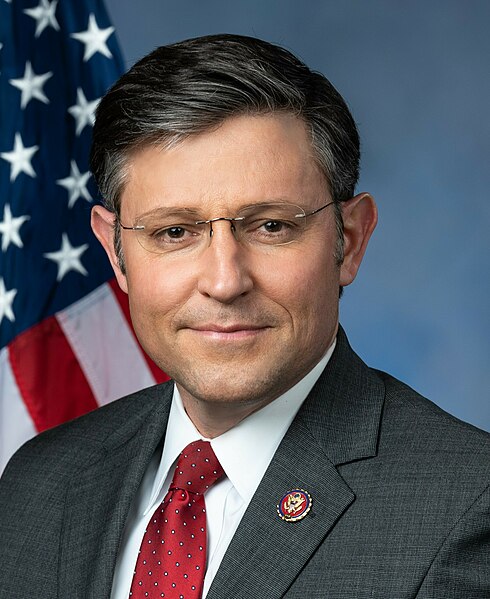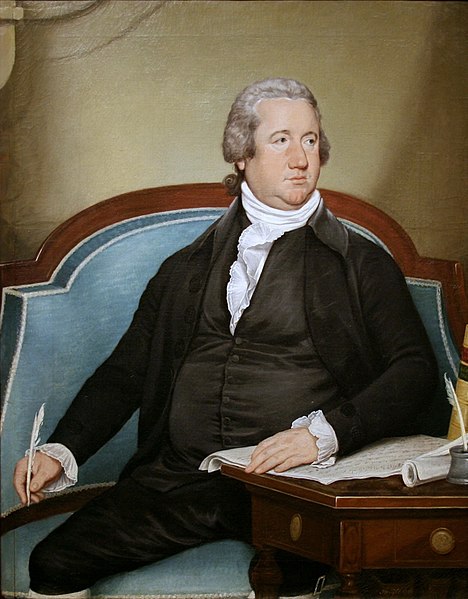Joseph Gurney Cannon was an American politician from Illinois and leader of the Republican Party. Cannon represented parts of Illinois in the United States House of Representatives for twenty-three non-consecutive terms between 1873 and 1923; upon his retirement, he was the longest serving member of the United States Congress ever. From 1903 to 1911, he presided as Speaker of the House, becoming the most powerful speaker in United States history.
Cannon c. 1909–1923
Cannon as a younger congressman c. 1875–1880
Cannon at the 1904 Republican National Convention in Chicago, where Theodore Roosevelt was nominated for a full term in office.
The cover of Puck for September 30, 1908, satirizing Cannon as "Abdul the Damned," the Ottoman sultan and subject of frequent assassination and deposition attempts.
Speaker of the United States House of Representatives
The speaker of the United States House of Representatives, commonly known as the speaker of the House, is the presiding officer of the United States House of Representatives. The office was established in 1789 by Article I, Section II, of the U.S. Constitution. By custom and House rules, the speaker is the political and parliamentary leader of the House and is simultaneously its presiding officer, de facto leader of the body's majority party, and the institution's administrative head. Speakers also perform various other administrative and procedural functions. Given these several roles and responsibilities, the speaker usually does not personally preside over debates—that duty is instead delegated to members of the House from the majority party—nor regularly participate in floor debates.
Speaker of the United States House of Representatives
Patrick McHenry acted as speaker pro tempore in October 2023, following the removal of Kevin McCarthy.
Frederick Muhlenberg (1789–1791, 1793–1795) was the first speaker.
Henry Clay (1811–1814, 1815–1820, 1823–1825) used his influence as speaker to ensure the passage of measures he favored.








